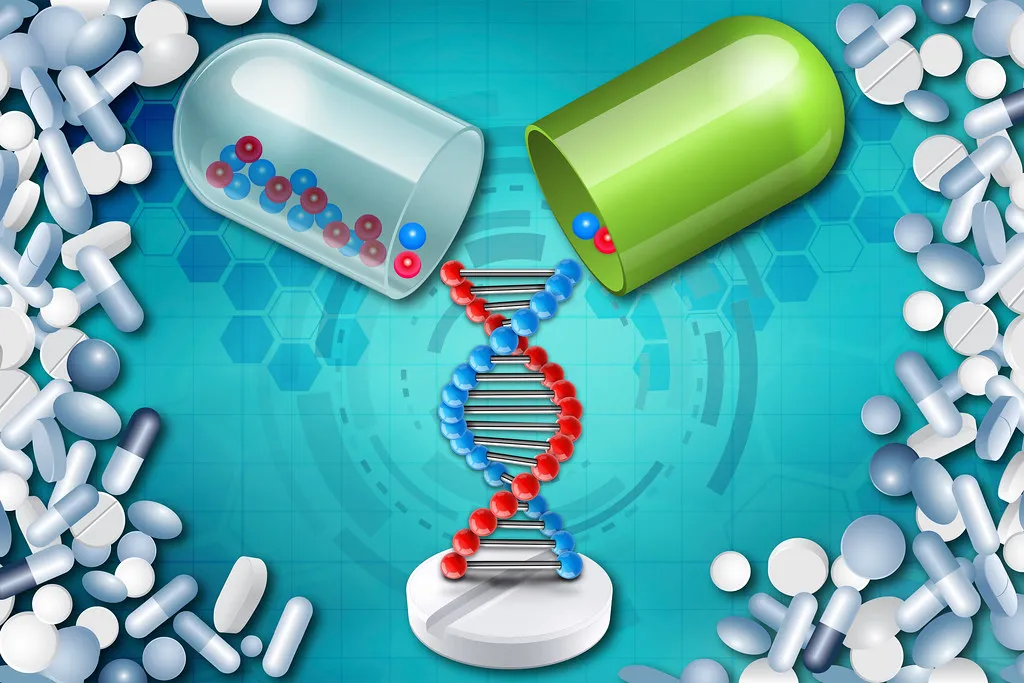
Drug permeability and bioavailability are two important concepts in pharmacology that relate to how drugs are absorbed and how effectively they act in the body.
Drug permeability and bioavailability are not the same thing.
Drug permeability refers to the ability of a drug to pass through biological membranes, such as cell membranes, which is essential for drug absorption.
Drug Bioavailability is the fraction of a drug dose that reaches the systemic circulation in its active form. High bioavailability indicates that a larger amount of the drug is available to have an effect, which is crucial for ensuring therapeutic efficacy.
The most common reasons for low oral bioavailability are associated with low permeability and poor solubility.
Drug permeability and aqueous solubility are two key parameters that determine a drug's bioavailability. A drug with suitable solubility and a high permeability rate in an in vitro assay (such as a Rainbow flux experiment which combines a permeability test with a dissolution test) is likely to have good bioavailability in vivo.
Other factors that affect oral bioavailability include: first-pass metabolism, dissolution rate, and susceptibility to efflux mechanisms.
The biopharmaceutical classification system (BCS) is a regulatory tool that helps predict bioavailability problems with new drugs.
Pion Inc. has a long history of helping drug formulators in their drug development efforts with our T3 physchem platform for pKa and log P and log D determinations which help researchers understand solubility, our Rainbow R6 in situ, fiber optic-based UV-vis, real-time concentration monitor for dissolution rates and flux studies, our flux platforms to assess membrane permeability, and our Pion Predictor Software – a tool to understand the oral drug absorption rate-limiting step and determine a compound's BCS Class.
Contact us today to learn more.

